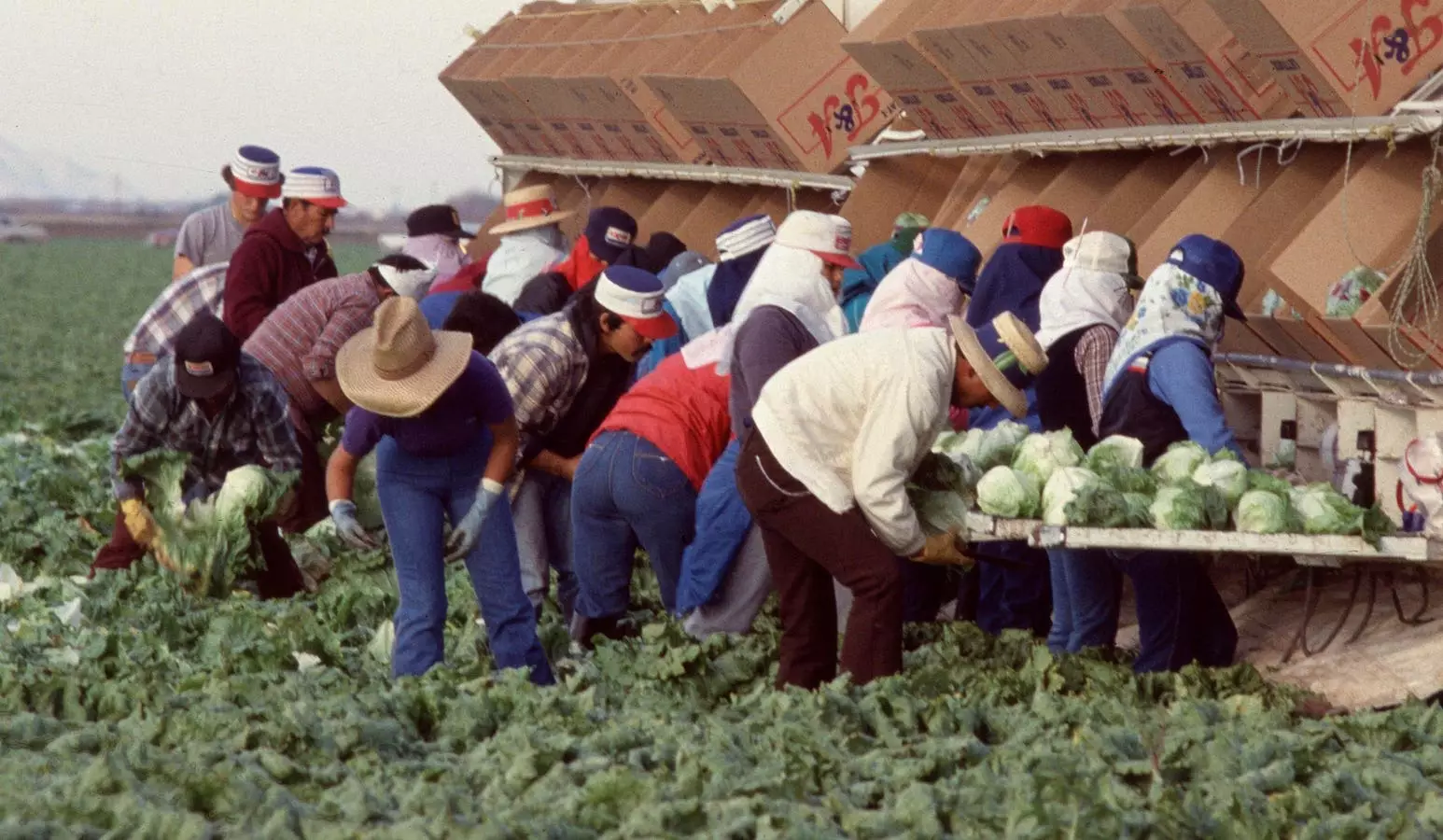The American food industry stands at a pivotal crossroads, with its future heavily dictated by the fallout from recent immigration enforcement policies. Traditionally reliant on a stable and often clandestine workforce, agriculture, meatpacking, and processing plants are now facing a looming labor vacuum that threatens to disrupt the entire supply chain. Nearly half of U.S. farm laborers lack legal status, and in sectors like meatpacking, undocumented workers comprise up to half of the frontline workforce. These workers are the backbone of food production, and their removal signals an impending crisis that could ripple across the entire economy.
This reality exposes a profound disconnect between policymakers and industry needs. While deportations aim to enforce border security, their unintended consequence may be a catastrophic shortfall of low-cost labor essential for maintaining affordable food prices. Without a substantial domestic workforce, businesses are forced to explore increasingly impractical alternatives—automation or the expansion of visa programs—neither of which can offer an immediate or comprehensive fix. The industry’s cry for help underscores the fragility of the current system, where millions depend on imported labor to keep food affordable and accessible.
The Illogical Proposition of Using Medicaid Recipients as Labor
Adding fuel to the fire is the unconventional proposal from some policymakers to replace deported migrant workers with Medicaid recipients. The notion that able-bodied adults on Medicaid could seamlessly step into physically demanding agricultural roles is not only overly simplistic but fundamentally flawed. Data reveals that only a small fraction of Medicaid recipients are unemployed, and even fewer are physically fit for manual labor required in rural farms and processing plants.
The math is glaring: out of 34 million Medicaid beneficiaries, estimates suggest that only about 500,000 to 750,000 could realistically take up food industry roles. This leaves a significant shortfall of hundreds of thousands of workers—a gap too wide to be bridged by the limited pool of eligible Medicaid recipients. Industry insiders and experts dismiss the idea as out of touch with ground realities, highlighting a fundamental misunderstanding of the physical demands of agricultural labor and the complexities involved in workforce participation.
Industry Response: Automation and Diplomatic Challenges
In the face of dwindling labor supplies, the food sector is turning to automation, yet this transition is neither quick nor affordable. Farmers and processing plant managers acknowledge that automation cannot fully replace manual labor, especially in tasks like harvesting delicate produce or processing complex cuts of meat. For example, a farmer in Idaho has reported that despite offering competitive wages, local workers are scarce due to near-zero unemployment, forcing reliance on expensive and unproven technological solutions.
Meanwhile, expanding guest-worker programs such as H-2A visas remains an option, but bureaucratic hurdles and capacity limitations hinder their effectiveness. Short-term, high-cost labor alternatives are emerging as only partial remedies—designed to fill gaps temporarily while industry and policymakers grapple with long-term solutions.
Economic and Consumer Impacts on the Horizon
The repercussions of these labor disruptions extend well beyond the farm fields. Increased wages, supply chain bottlenecks, and the rising costs associated with automation efforts will inevitably push prices upward. For consumers, this means potentially higher prices at the grocery store and possible shortages of staples like fresh produce and red meats.
Investor sentiment and industry planning are already shifting toward automation and workforce diversification strategies, signaling a recognition that worker shortages are no longer a passing issue but a structural challenge. Major food companies, including industry leaders like Chobani, have voiced concern that aggressive immigration enforcement could jeopardize the stability of the entire food supply chain.
The Urgent Need for Policy Realignment
If the government continues down this path without meaningful intervention, the consequences may be catastrophic, with food scarcity and inflationary pressures becoming commonplace. Policymakers must recognize that the current approach ignores essential economic realities. A pragmatic path forward involves revisiting and expanding visa programs, easing deportation policies in critical sectors, and investing in rural labor development.
Without decisive action, the industry risks a destabilization not only of supply chains but also of consumer confidence and economic stability. The real challenge lies in bridging the gap between political ideals and economic imperatives—a task that demands bipartisan cooperation and a forward-thinking approach to labor, immigration, and food security.


Leave a Reply